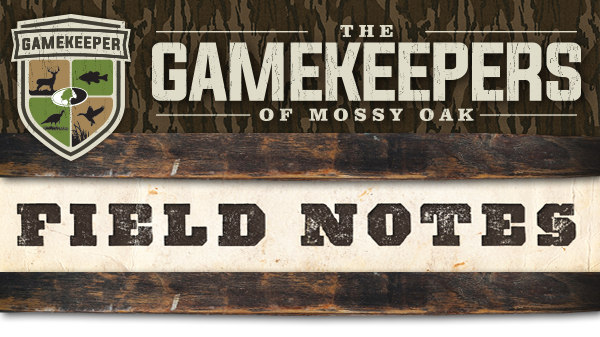When it comes to feeders, there are dozens of different styles to choose from to meet your needs. One of the most effective feeders I have found is pretty simple to build and will last for many years when built with quality materials. A major advantage of a “free-choice,” covered, trough-style feeder is the low maintenance and lack of any parts, batteries or motors to worry about failing. Automatic feeders definitely have their place, but some managers find the simplicity of an open, trough-type feeder the best option.
The measurements included in this build will also allow fawns to access feed without it lying on the ground. Protein pellets and other feed are not cheap and spin-cast style feeders can have a lot of waste to non-target animals and other pests if not consumed by the deer fairly soon after the feeder goes off. In hot and humid climates, feeds can go bad very quickly when they lay on damp dirt or leaves even for a very short time. A free-choice designed feeder means just that. It allows your deer and turkeys to access feed at any time during the day or night. In my years of managing properties, I see that many times this increases feed consumption, cuts down on wasted feed, and creates less problems with deer, turkeys, and pests all showing up at a timed feeder at the same time waiting for it to go off.
 There are no rules written in stone on how to go about building these feeders or the materials you choose to use. The end goal is to supply clean, dry feed to wildlife and have it available whenever they choose to feed day or night. I have also utilized these feeders as a great place to target varmints that need to be trapped such as raccoons, opossums, skunks, etc. Placing a couple of dog proof or cage style traps in the vicinity of your feeder is almost a guaranteed catch and a quick place to keep your small predators in check.
There are no rules written in stone on how to go about building these feeders or the materials you choose to use. The end goal is to supply clean, dry feed to wildlife and have it available whenever they choose to feed day or night. I have also utilized these feeders as a great place to target varmints that need to be trapped such as raccoons, opossums, skunks, etc. Placing a couple of dog proof or cage style traps in the vicinity of your feeder is almost a guaranteed catch and a quick place to keep your small predators in check.
Material list to build a trough-style deer feeder
I like to use treated lumber for everything to ensure it will last. Several of these I have built over the years have been in use for over 15 years in the woods and are still very solid and functional.2 = 8 ft 4×6 – I cut these on an angle to form skids for the bottom of the feeder so it can easily be moved to different locations
- 2 = 8 ft 4×6 – I cut these on an angle to form skids for the bottom of the feeder so it can easily be moved to different locations.
- 4 = 8 ft 4x4s for the main posts
- 1= 24” x 72” sheet of treated plywood
- 2 = 8 ft 2×6 for framing the trough
- 6 = 6 ft 2×6 for framing roof
- 1= 4’x 8’ sheet of metal for roofing
- 1= 8ft 2×10 for the center rafter
I also like to attach a chain with lag bolts on the end of the 4” x 6” pieces I cut at an angle. This allows you to back up to the feeder with a UTV or truck and throw the chain over your trailer hitch ball and move it to another location if needed.
The edge of the roof should be around 68 inches to allow bucks with antlers plenty of clearance. I think this is important, especially when they are in velvet you should keep sharp edges away from their growing rack. There is also an option for a rubberized roof material that would work really well and be long lasting. Use silicone or some outdoor sealant around any metal or sheet screws that are used to attach your roof as well as the crown. This will prevent any rain from leaking through down into your feed.
You can make the top of your 2×6’s around the trough section around 22” to 24” to make sure it is low enough for fawns to reach and eat.
There is definitely nothing fancy or revolutionary about the design of this feeder, it just simply works very well for most situations. I have almost two decades of trail camera pictures that prove its function. The open design allows wildlife to feed without their vision being blocked, this seems like a trivial benefit but mature bucks can get very wary as they get older.
Join our weekly newsletter or subscribe to GameKeepers Magazine.
Your source for information, equipment, know-how, deals, and discounts to help you get the most from every hard-earned moment in the field.






0 Comments